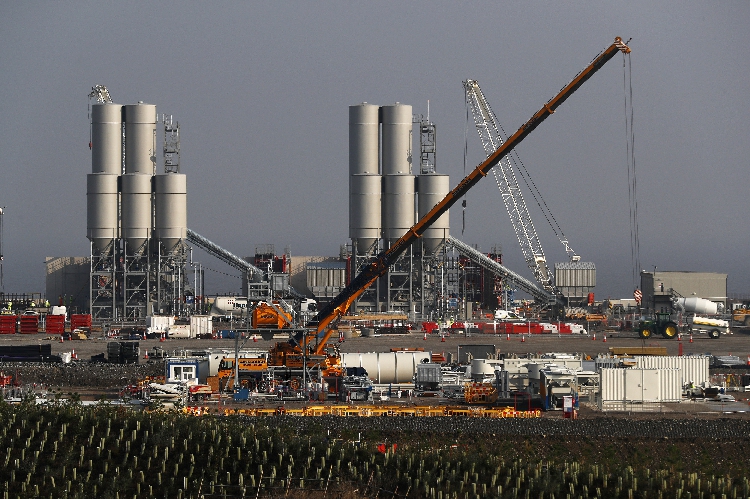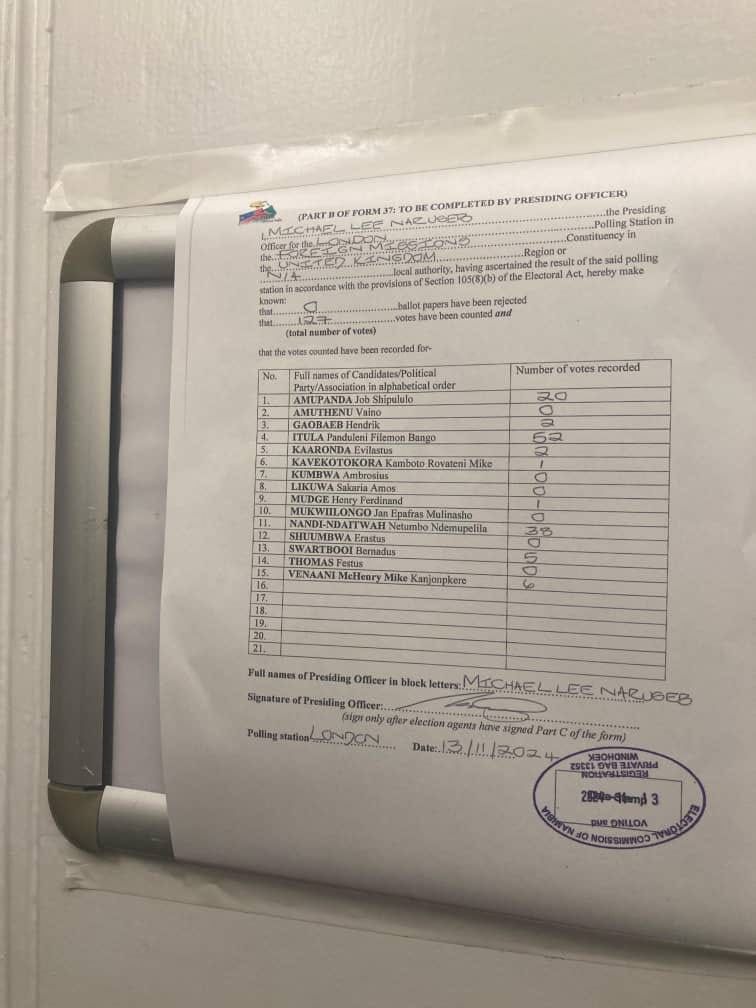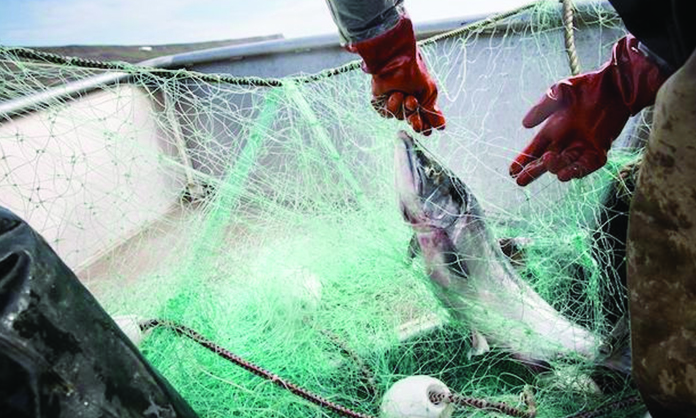LONDON – The nuclear industry is gradually recovering from its post-Fukushima slump, but excess capacity keeps uranium prices at record lows, forcing mining companies to mothball mines, slice costs and cut debt as they struggle to survive.
In the wake of the March 2011 Fukushima disaster, Japan closed its nuclear reactors, which accounted for some 10% of the more than 400 reactors operating globally.
Several other countries, including Germany, announced plans to exit nuclear, and in the past three years several nuclear reactors in the United States were closed as they could no longer compete with cheap shale gas.
Five years later, only three of Japan’s 42 reactors are back in operation, but new reactors brought online in China and other countries have partly made up for the Japanese closures.
In the next few years, eight Westinghouse reactors are expected to open in the United States and China, four Areva reactors in Finland, France and China, and four Kepco-built reactors in the United Arab Emirates.
The World Nuclear Association (WNA) says it is feasible that global nuclear electricity production, at around 2 441 terawatt hours (TWh) in 2015, may return to 2011 levels this year and to pre-Fukushima levels in two to three years. In 2010, the last full year before Fukushima, nuclear generation came to 2,630 TWh.
Long-term perspectives have picked up too
China plans to build at least 60 nuclear plants in the coming decade; South Africa last month kicked off a major nuclear tender, and Thursday’s signature of the Hinkley Point contract between French utility EDF and the UK government opens the way for up to 12 new reactors in Britain.
As nuclear reactors need fuel, all this should be good news for uranium miners, but the radioactive metal last week hit a new decade low of US$23,5 per pound.
Uranium, which before the 2008 financial crisis had briefly peaked around US$140 per pound in June 2007, traded around US$70 per pound just before the Fukushima disaster and has been on a downward trend ever since.
“It has never been a worse time for uranium miners, although globally the nuclear industry does well,” Alexander Molyneux, CEO of Australian uranium miner Paladin Energy told Reuters in an interview.
BULGING INVENTORIES
Mining executives partly blame the slump on their customers’ wait-and-see attitude, as utilities believe that the uranium market’s over-capacity will persist for years and see no need to rebuild their dwindling stockpiles.
Demand for uranium is determined by the number of nuclear plants in operation worldwide, but supply and demand are disjointed by huge stocks and uranium’s long production cycle.
In coal, a bulky and inexpensive commodity, there is relatively little inventory on the planet, as it typically takes six to eight weeks between mining it and burning it.
Uranium, however, has to be mined, converted, enriched and turned into fuel rods in an 18 to 24 month process. And as security of supply is so important and uranium makes up just a few percentage points of the cost of running nuclear reactors, utilities tend to have 5-7 years’ worth of inventory.
“At the moment, nobody feels the need to buy and the price is lower every day. We are still waiting for the inflexion point,” Molyneux said.
In the five years before Fukushima, utilities worldwide bought about 200 million pounds of uranium per year, he said.
Although Japan’s consumption averaged only around 25 million pounds per year, when it closed its reactors, demand was cut far further, falling by half. European and US utilities saw that the market was over-supplied and reduced inventories, buying less.
Stay informed with The Namibian – your source for credible journalism. Get in-depth reporting and opinions for
only N$85 a month. Invest in journalism, invest in democracy –
Subscribe Now!






